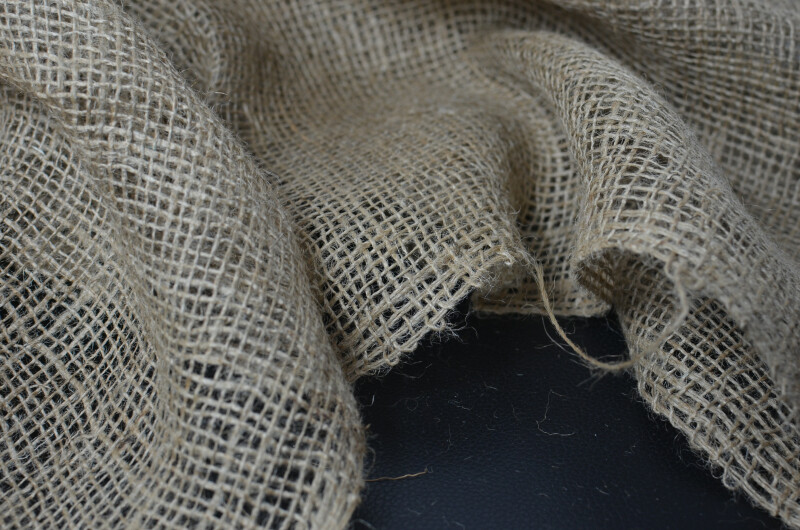
Every weekday morning, I lace up my tennis shoes and go walking in the dark with my neighbor and her dog.
Sometimes on our walks, we laugh at weird overlaps in our lives. My friend is also named Sarah and she works in ministry and is mother to three children, two of whom go to the same schools my kids do. At other times, our walks are lamentations. We share struggles and lament together. Both of us worry daily about loved ones with COVID-19, our children, and the state of the world. When worries seem particularly heavy, we ask each other if it is an ashes and sackcloth day.
In the Bible, those who are in mourning, those who are repenting, those who are lamenting, wear sackcloth and ashes. In Genesis 37, Jacob mourns the loss of Joseph by wearing sackcloth. In Job 42, Job repents in ash. In Jonah 3, the King of Nineveh hears the word of the Lord and repents. He puts on sackcloth and sits in a pile of ash. I’ve never worn sackcloth, but as we begin looking toward Lent, ashes keep returning to my mind.
Because of everything that we have endured since the beginning of Lent last year, Ash Wednesday will be particularly meaningful this year.
Ash Wednesday is a time when we repent and begin a fast for Lent. Traditionally on Ash Wednesday, a pastor draws the sign of the cross on each forehead, saying the words, “Remember you are dust, and to dust you shall return.” There are so many layers of meaning with the symbol of ashes. There’s the physical ashes that are remnants of palms waved at Palm Sunday the year before; a reminder of the cycle of the church calendar. There’s the message of mourning and repentance and our participation in rituals that connect us to those in the Bible. But there’s also the message of dust. In Genesis 2, God creates humans from dust. When we die, our bodies will return to their state of dust.
Because so many days of the last year have been weighed down with lamentations, I am anxiously awaiting Ash Wednesday and the hope of creation in the dust of repentance and mourning.

